You’re planning to take a tour of the Douro Valley and your head is (justifiably) spinning with the excitement of all the incredible wine that’s waiting to fill your glass. We’re not going to argue: the Douro Valley really is a wine-lover’s paradise. But we’ll also remind you that there are other beautiful things to see and do as well as lose yourself in a maze of cellars and vineyards. Because let’s face it, you’re going to need a break from all that wine once in a while. While on your Douro Valley tour, be sure to admire some of the gorgeous Portuguese villages and towns that dot the river and valley. Here are some of our favourites:
Pinhão
The small yet charming village of Pinhão is located right in the heart of the wine region, along the right bank of the Douro. It’s a sleepy and traditional town with green hills and lovely vineyard views all around. The town itself is of 19th century origin and today offers a number of restaurants, cafes and craft shops to entertain tourists. Perhaps the most well-known site in Pinhão however is its train station: built in 1937, it’s covered in beautiful blue and white azulejo tiles depicting rural scenes of Portuguese life.
Favaios
A little north of the river sit several sun-soaked villages such as Favaios — a cluster of terracotta roofs nestled in between a patchwork of green vineyards and fields, with the white spire of a village church rising from its center. Favaios’ origins go all the way back to the Iron Age, and ruins of ancient walls can still be found there. These days Favaios is most well known for its Moscatel wines, which you can sample, along with the village’s unique traditional four-cornered bread, at the Favaios Bread and Wine Museum (“Núcleo Museológico – Pão e Vinho”).
Amarante
Amarante straddles the Rio Tâmega, a river which branches northwards up from the Douro. Though a little further from the Douro valley, Amarante is frequented by some tours and is worth a little visit if you have time. The town itself is old, cobbled, and charming, with a wide arched bridge spanning the river in the middle of it. The town’s June festivities are raucous and quirky, despite being in honour of São Gonçalo, the town’s patron saint. For one long weekend music blasts all night, fireworks erupt in the sky, and stalls appear selling an unusual treat: traditional phallic- shaped pastries that are gifted as a fertility charm.
Provesende
Another small gem of a village, Provesende captivates visitors with its rich history and assortment of architecture. In the middle is the main town square which houses an unusual cafe-slash- makeshift-museum packed with ancient agriculture and ethnographic objects. Nearby is a baroque stone fountain, a 16th century pillory (or stocks) for imprisoning criminals, and a charming baroque church dating back to 1720. The village also contains a surprising array of stately manor houses from the 18th century — remnants of a flourishing economic period. Though not all well-kept today, they’re still quite beautiful to look at.
Lamego
South of the Douro River yet still within the Douro wine region is Lamego. Visit the Lamego Museum which abounds with colourful azulejo tiled panels, 16th century paintings by Grão Vasco, a fully reconstructed ornate gold chapel, and much more. The town’s rich history also manifests in a 12th century castle and the impressive Gothic cathedral which was built by Afonso Henriques, Portugal’s first King.

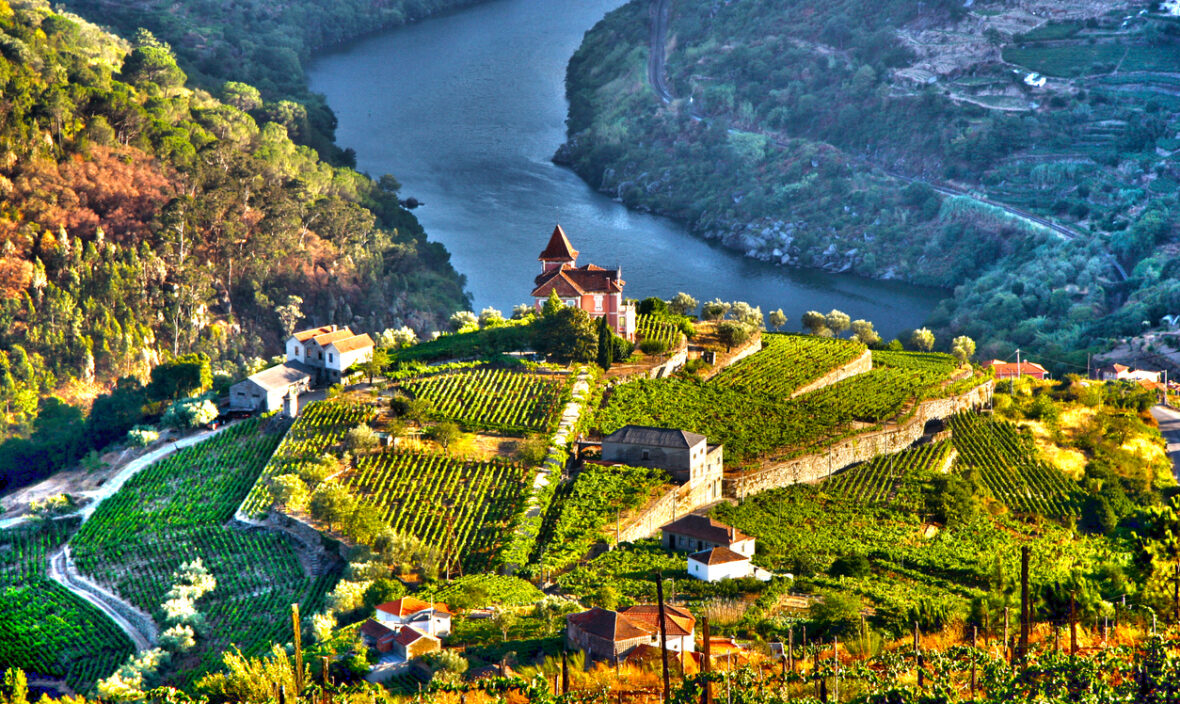



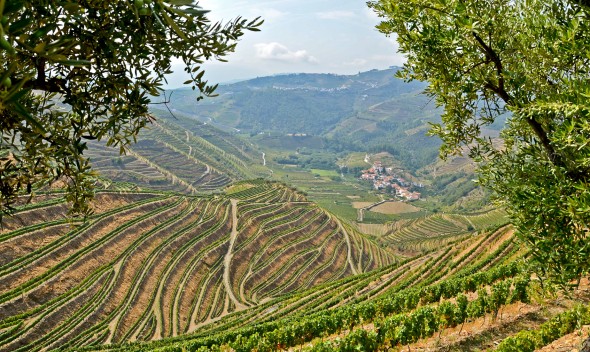
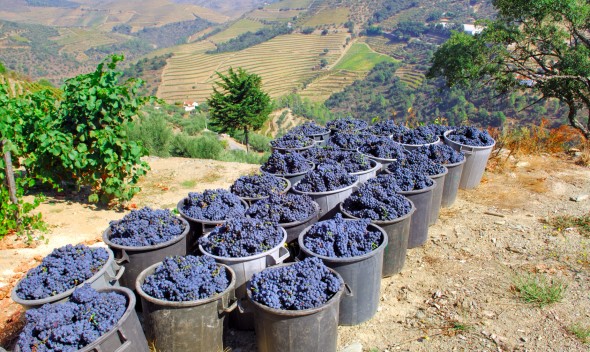
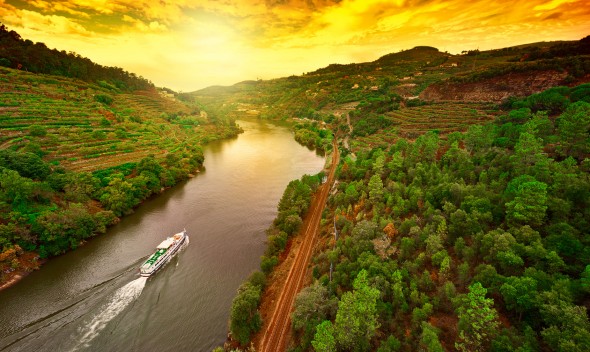
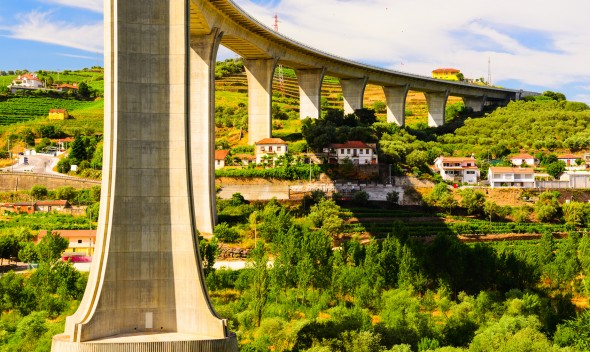

Leave a comment